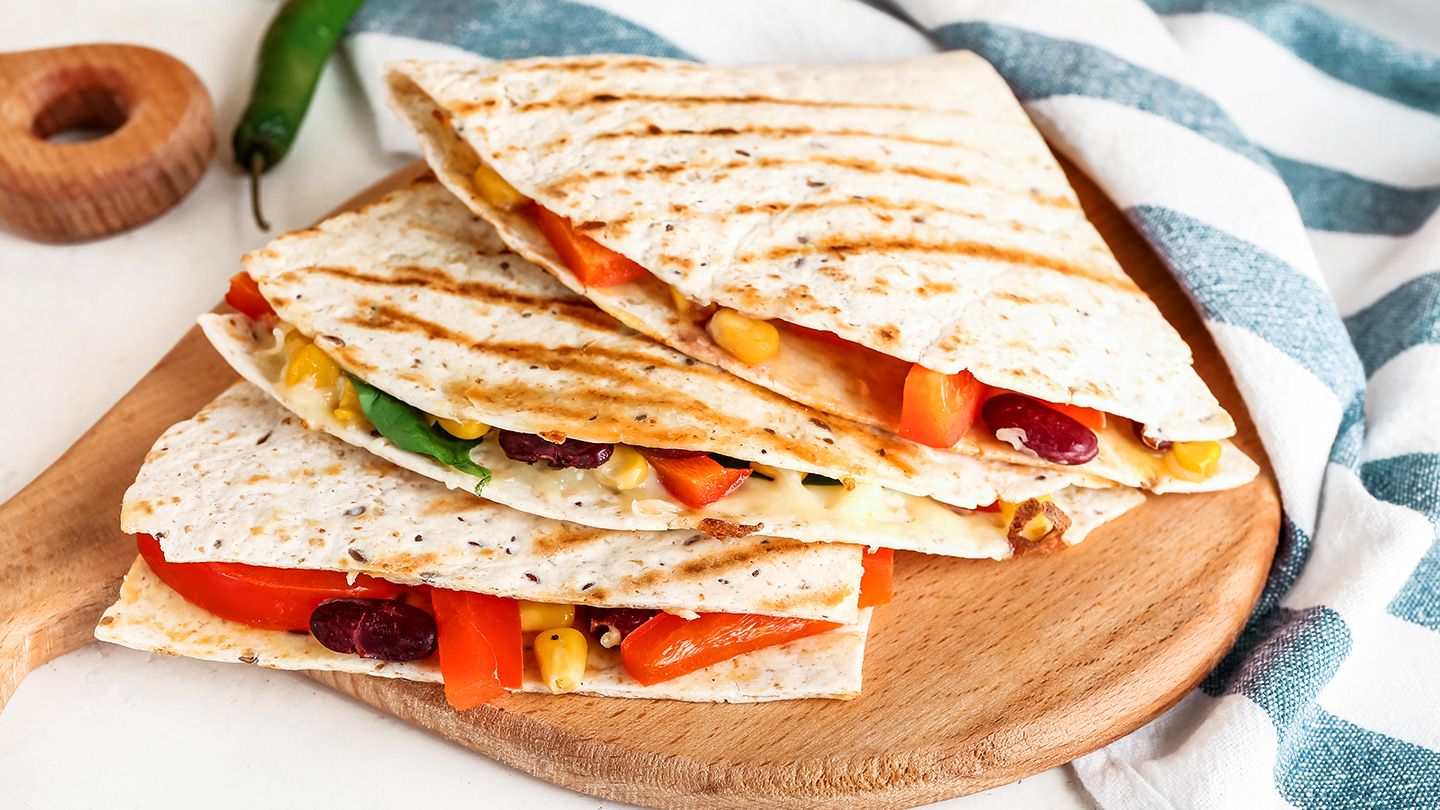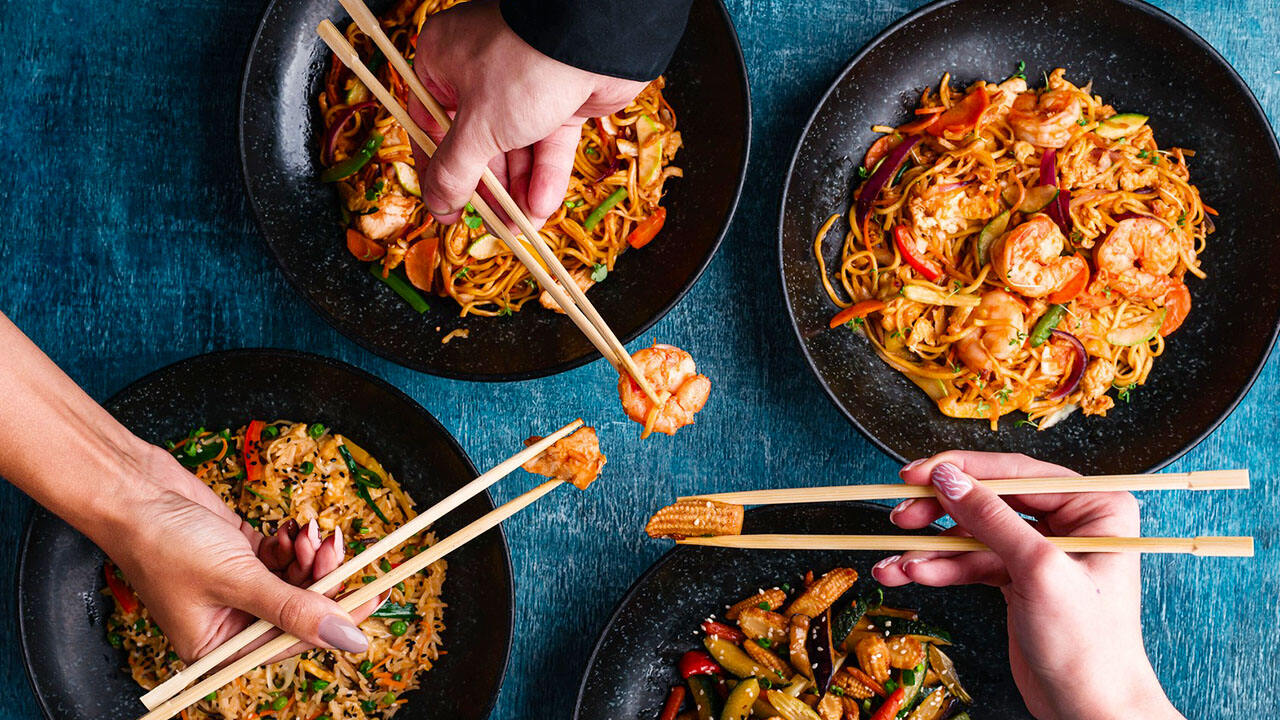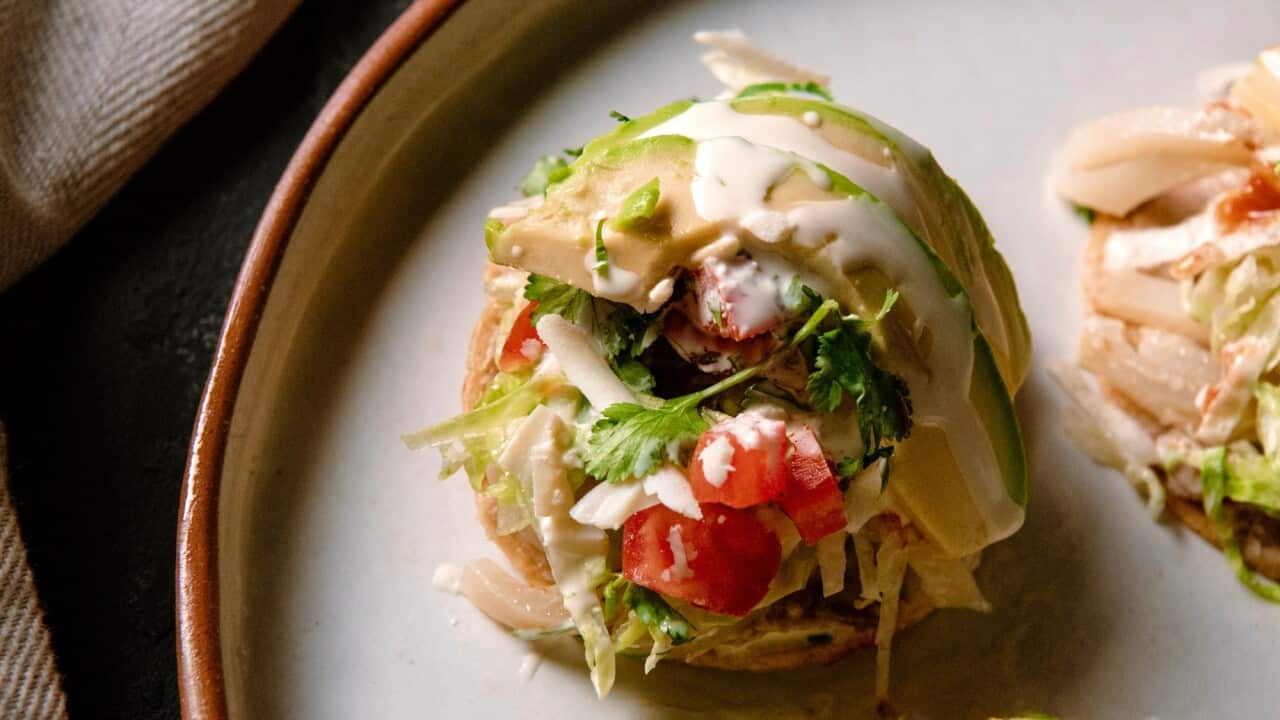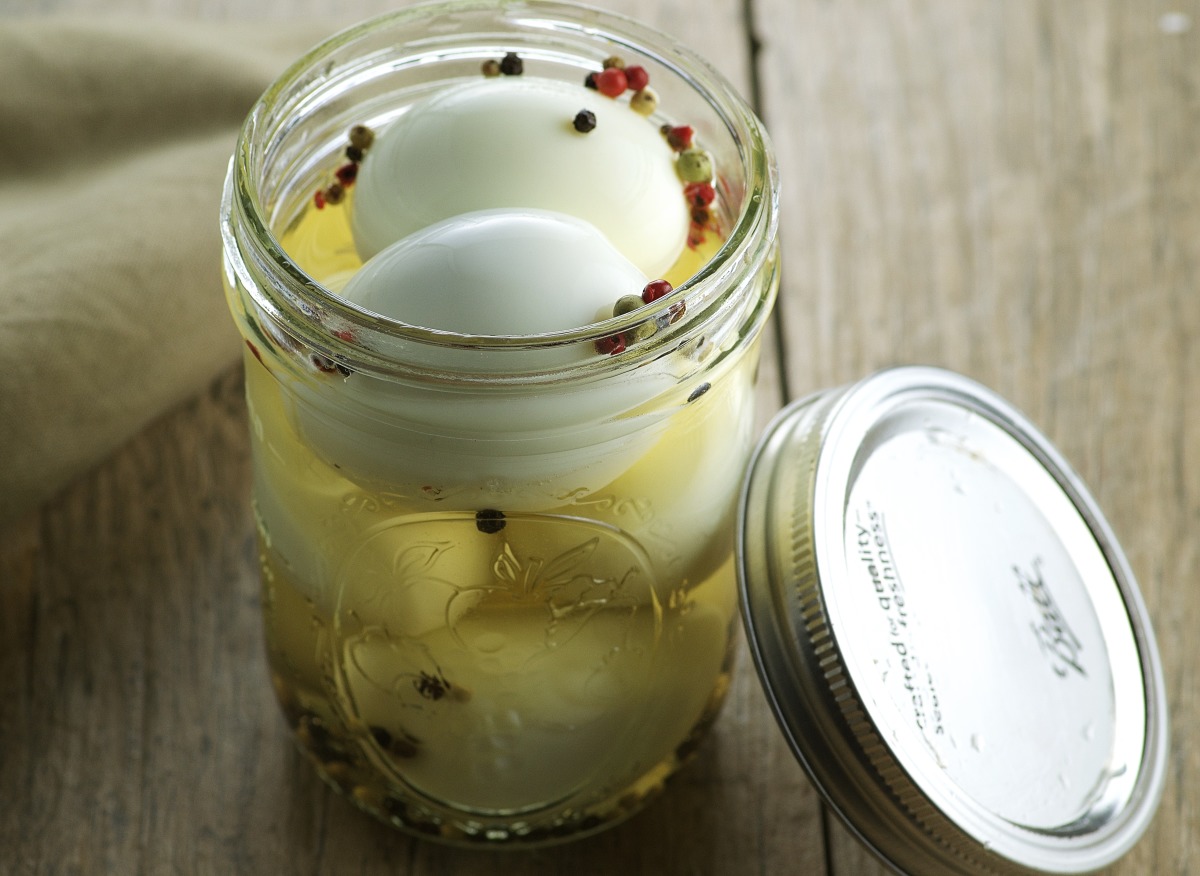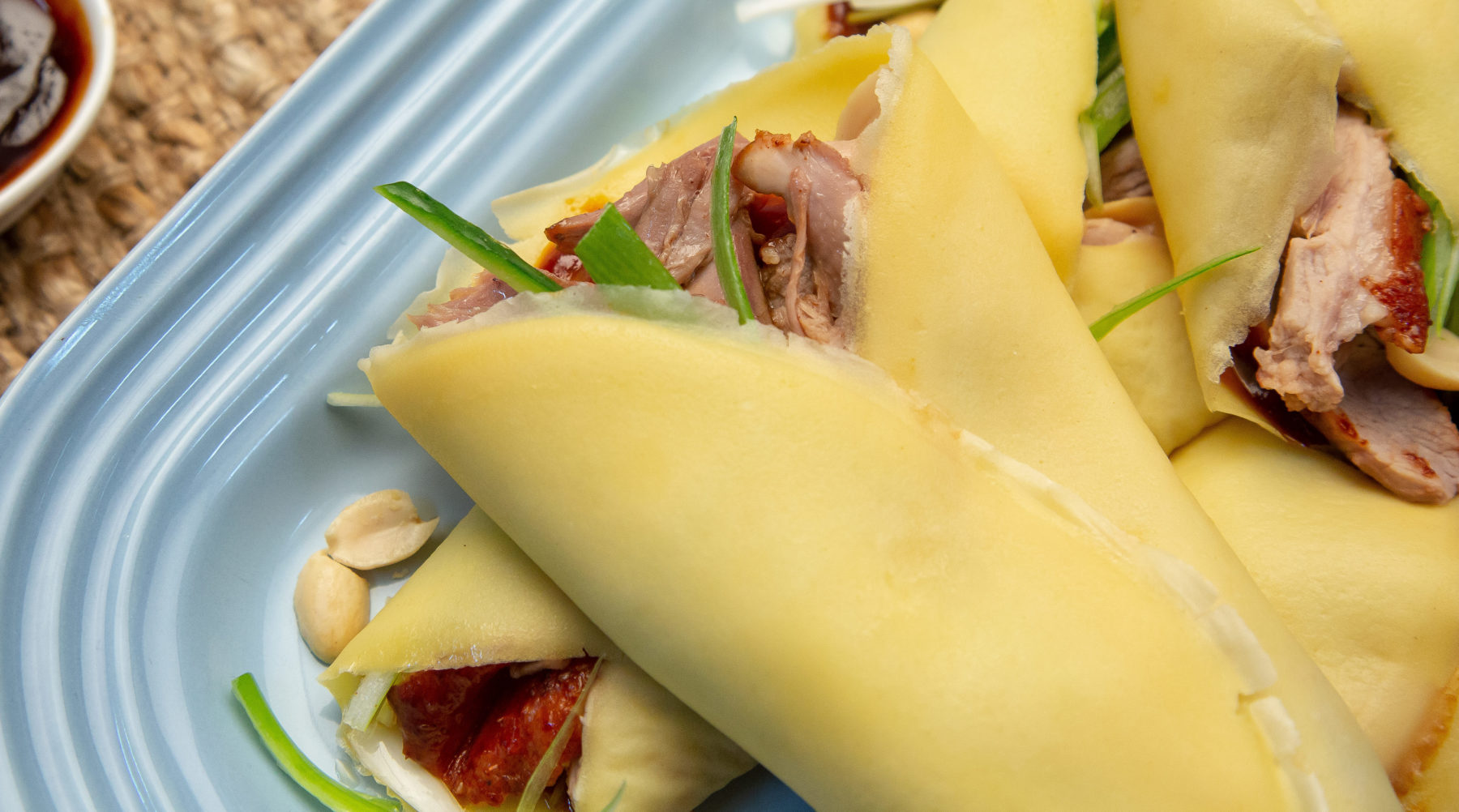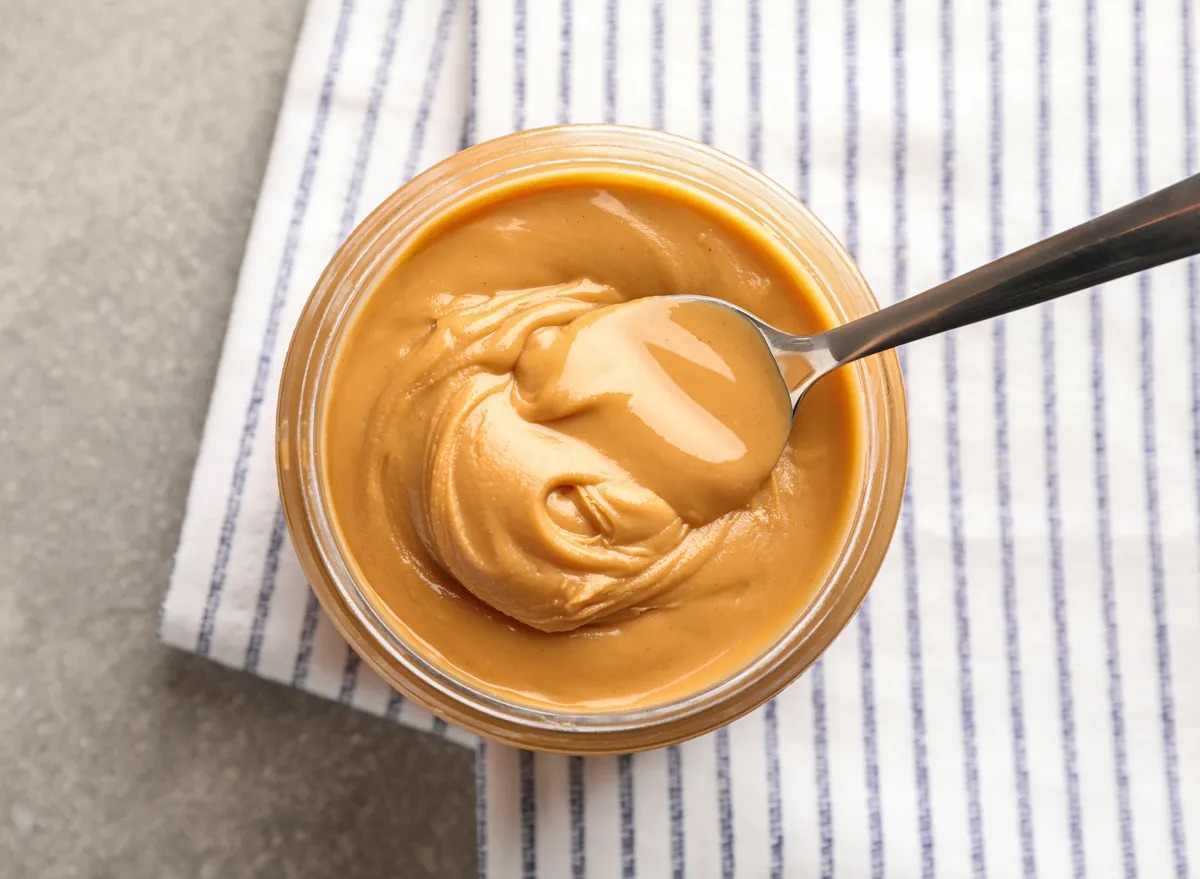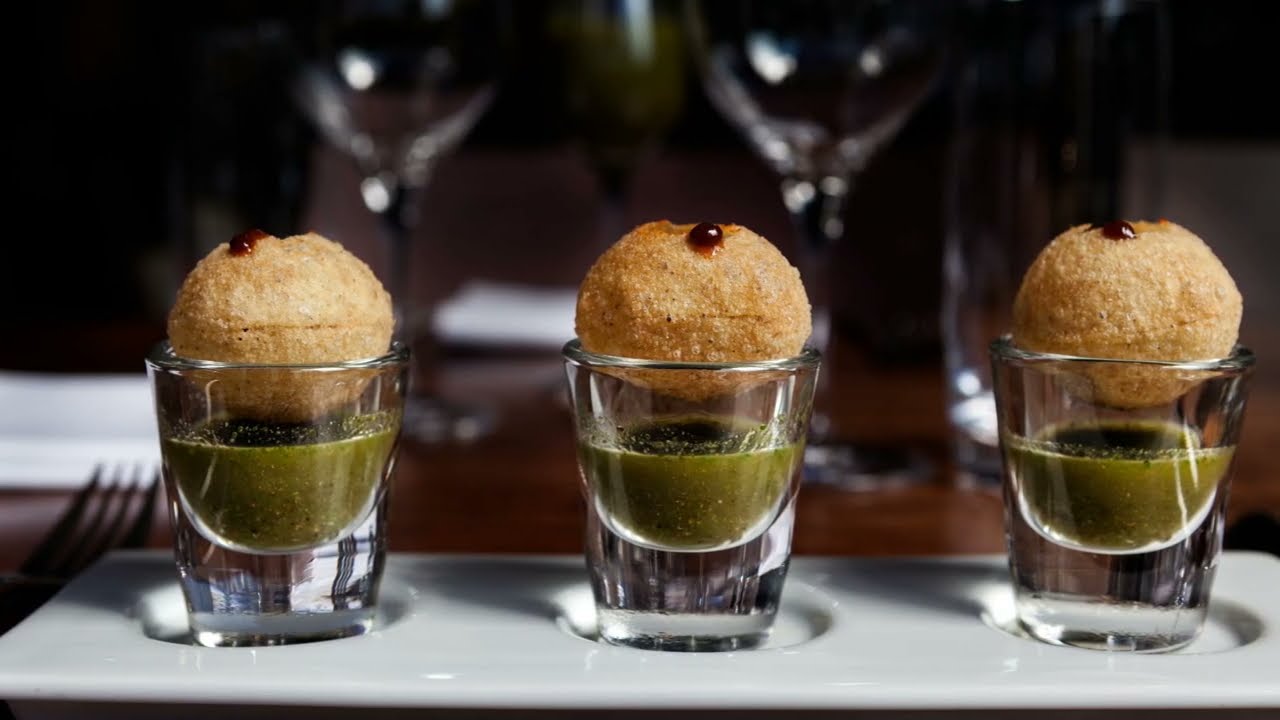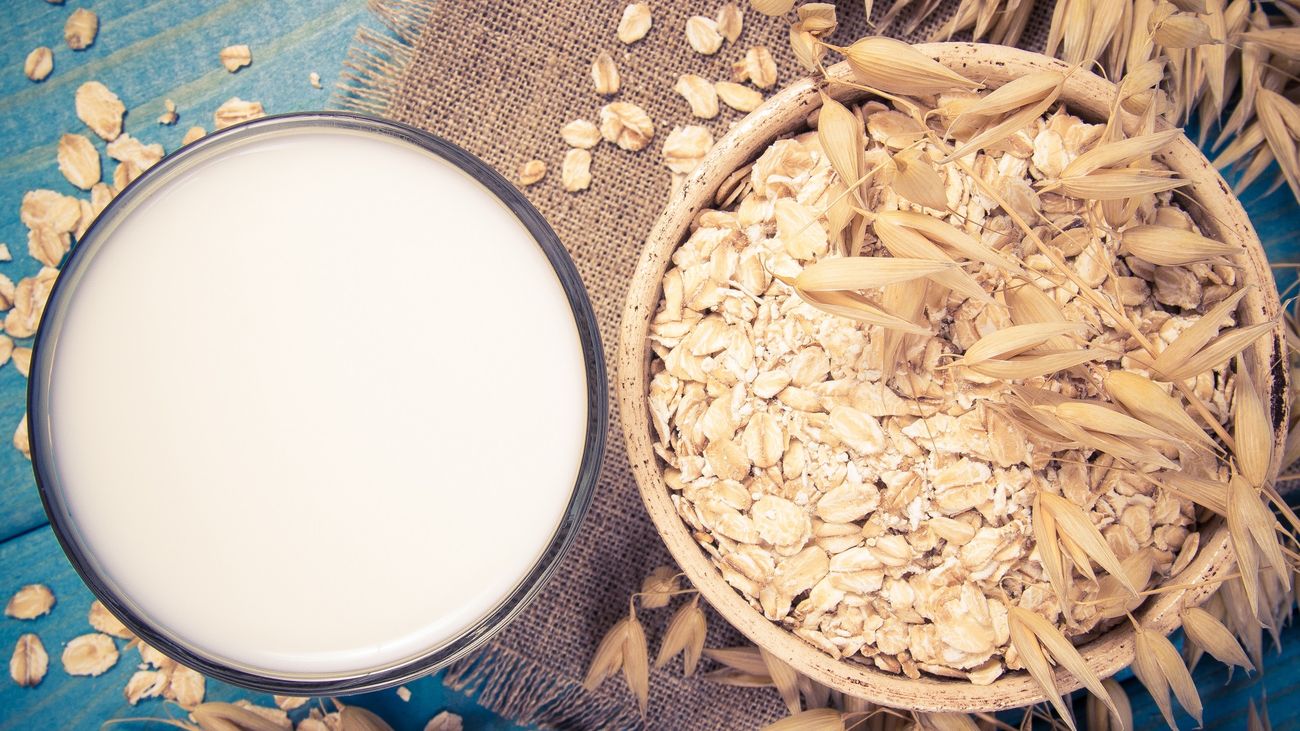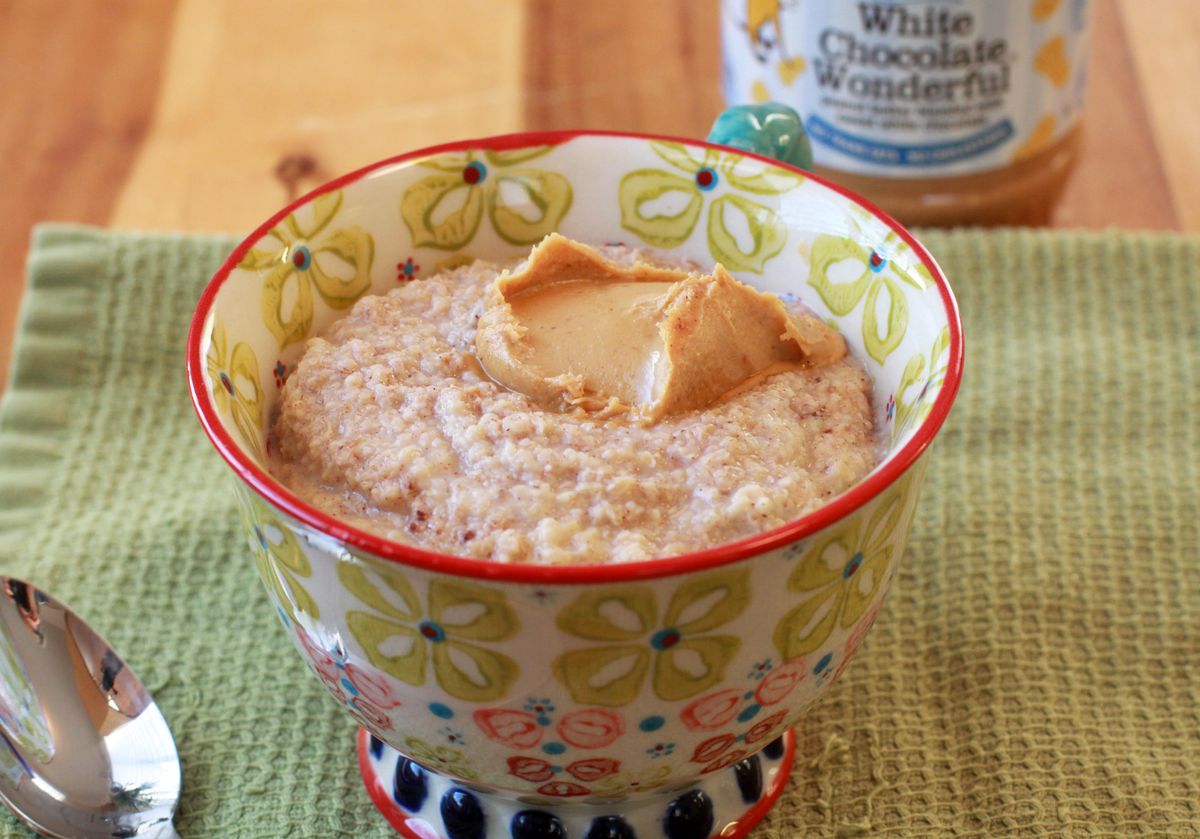How to Enjoy Pittu: A Guide to Eating and Savoring This Sri Lankan Delicacy
Are you ready to embark on a culinary adventure and explore the delicious world of Sri Lankan cuisine? If so, one dish you absolutely must try is pittu. This unique and flavorful dish is a staple in Sri Lankan cuisine and is enjoyed by locals and visitors alike. If you’re new to pittu or simply looking for new ways to enjoy it, you’ve come to the right place. In this guide, we’ll explore the best ways to eat and savor pittu, so you can fully appreciate its wonderful flavors and textures.
What is Pittu?
Before we dive into the various ways to enjoy pittu, let’s first understand what it is. Pittu is a traditional Sri Lankan dish made from steamed rice flour and coconut. The rice flour is mixed with grated coconut and water, then steamed in a cylindrical bamboo or metal mold. The result is a unique, cylindrical-shaped food that is both delicious and versatile.
Ways to Eat Pittu
Now that we know what pittu is, let’s explore the different ways it can be enjoyed:
- With Curry: One of the most popular ways to enjoy pittu is with a flavorful curry. Whether it’s chicken, fish, or vegetable curry, the combination of pittu and curry is a match made in culinary heaven. The soft, fluffy texture of the pittu pairs perfectly with the rich, aromatic flavors of the curry.
- With Coconut Milk: For a sweeter twist, try enjoying pittu with a drizzle of creamy coconut milk. The combination of the coconut-infused pittu and the rich coconut milk creates a delightful harmony of flavors that is sure to satisfy your sweet tooth.
- With Sambol: Sambol, a spicy condiment made from chili peppers, onions, and lime juice, is a popular accompaniment to pittu. The fiery kick of the sambol adds a bold and zesty flavor to the mild pittu, creating a tantalizing taste experience.
- As a Breakfast Dish: In Sri Lanka, pittu is often enjoyed as a hearty breakfast dish. Served with a side of dhal (lentil curry) and a spicy coconut sambol, pittu makes for a satisfying and flavorful start to the day.
Tips for Eating Pittu
Now that you know the various ways to enjoy pittu, here are a few tips for savoring this delectable dish:
- Use Your Hands: In Sri Lankan tradition, pittu is often eaten with the hands. Take a small portion of pittu and curry, roll it into a ball, and enjoy the burst of flavors with each bite.
- Experiment with Different Combinations: Don’t be afraid to get creative with your pittu pairings. Try it with different curries, sambols, and condiments to discover your favorite flavor combinations.
- Enjoy it Fresh: Pittu is best enjoyed fresh and warm, so try to eat it soon after it’s been prepared to experience its full flavor and texture.
Whether you’re a seasoned pittu enthusiast or trying it for the first time, there’s no denying the unique and delightful experience that comes with enjoying this traditional Sri Lankan dish. So, the next time you have the opportunity to savor pittu, be sure to explore the various ways to enjoy it and savor every bite.
Now that you’re armed with the knowledge of how to eat and savor pittu, it’s time to indulge in this delicious Sri Lankan delicacy. Whether you choose to enjoy it with curry, coconut milk, or sambol, one thing is for certain – pittu is a dish that is sure to delight your taste buds and leave you craving more.
More Delicious Pittu Recipes to Try
Once you've mastered the art of making pittu, a world of flavorful possibilities opens up. The range of recipes provided offers diverse and tantalizing options to enhance your meals. For a hearty dinner, consider the Pittu with Chicken Curry Recipe or the Pittu with Beef Curry Recipe, both of which pair beautifully with the subtle flavors of pittu. If you're leaning towards seafood, the Pittu with Prawn Curry Recipe is highly recommended for its delightful combination of spices and fresh prawn flavors. For a vegetarian twist, the Pittu with Vegetable Curry Recipe provides a nutritious and satisfying meal. These selected recipes not only showcase the versatility of pittu but also encourage culinary experimentation in the kitchen.
